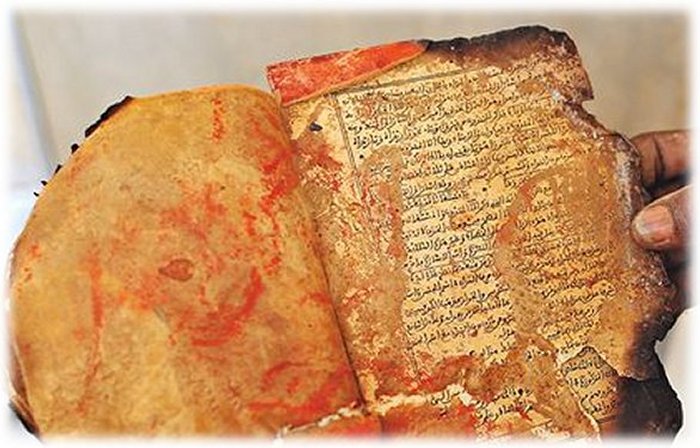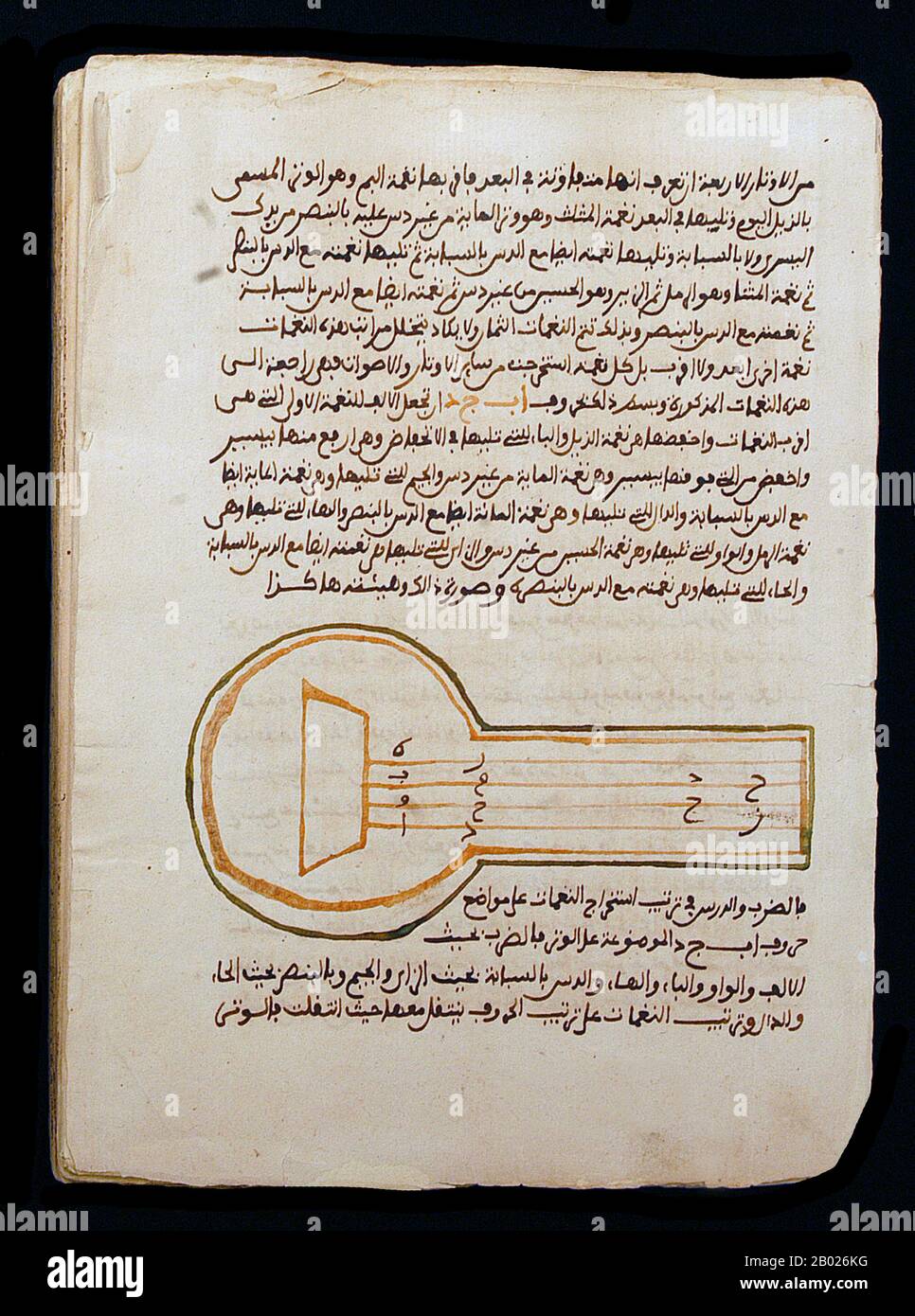

In the chaos of the uprising against Qaddafi, the jihadists raided the armories of Libya, took the weapons into Mali, and quickly swept across the northern part of the country, occupying all of the major towns in the north, including Timbuktu. This earned him the nickname “Mister Marlboro.” He was also a cigarette smuggler, who made millions by dominating the cigarette trade across the Sahara up into North Africa. Another leader was Mokhtar Belmokhtar, an Algerian jihadist who had been hardened fighting in Afghanistan and fallen in with some of the most notorious international jihadists. Talk about its rise-and its fanatical leader, Abou Zeid.Ībou Zeid was one of a triumvirate of jihadists, probably the most brutal of them, who took over northern Mali between January and April in 2012. So you had a thriving commercial center side by side with a Cambridge/Oxford-like atmosphere of fervent scholastic activity.Īl Qaeda in the Islamic Magreb swept to power in Mali. At the same time, you had this academic tradition. Several of the great travelers of the Renaissance, in the 15th-16th centuries, passed through Timbuktu and described it as a thriving commercial center with camel caravans and traders on boats on the Niger River bearing everything from linens and teapots from England to slaves and gold out of the rain forests of Central Africa. Put us on the ground during its golden age. Timbuktu has become a byword for the farthest corner of the earth. But it was once an important cultural and artistic center. Speaking from his home in Berlin, Joshua Hammer, a former Newsweek bureau chief in Africa, recounts the tale of The Bad-Ass Librarians of Timbuktu: And Their Race to Save the World’s Most Precious Manuscripts-and explains how the Timbuktu manuscripts disprove the myth that Africa had no literary or historical culture, why Henry Louis Gates had an epiphany when he saw them, and why the jihadists found them so threatening. Postface 18.Please be respectful of copyright. Appendix 6 The Autobiography of Umar ibn Sayyid 17. Appendix 5 Kitab ‘n-Nasab wa’s-Sihr (the Book of Lineage and Relationships by Marriage) by Shaykh Bashir ibn Ahmad ibn al-Qadi Modibo Abdullahi ibn Bellel 16. Appendix 4 The Nasab Shaykh Uthman ibn Fuduye’ of Shaykh Uthman ibn Ahmad ibn al-Qadi Abu Bakr Ladan 15. Appendix 3 The Nasab’l-Fullata (The Lineage of the Fulani) author unknown 14. Appendix 2 The Aslu’l-Falaatiyeen (the Origin of the Fulani) of Abdullahi Dan Fuduye’ 13. Appendix 1 The Kitaab an-Nasab (the Book of Lineage) of Abdullahi Dan Fuduye’ 12. The ‘Lost and Found’ Turudbe’ Fulbe Children of Abraham: The Ordeal of Slavery and the Promise of Redemption 10. The Persistence of Turudbe’ Identity Construct in the American Diaspora 9. The Asabiya (Solidarity) of the Turudbe’ and the Philosophy of History 8. Uthman Dan Fuduye’ and the Persistence of Turudbe’ Historical Consciousness 7. The Turudbe’ and the Diffusion of Islam in Western Bilad’’s-Sudan 6. Social Stratification of the Turudbe’ Fulbe’ 5. The Turudbe’ Fulbe’: the Lost Children of Abraham The Persistence of Historical Continuity Through Identity Construction in the Quest for Self-Determination 1. In this regard, reference will be made to Amir Abd’r-Rahman ibn Ibrahim, Alfa Umar ibn Sayyid, and Muhammadu Bilali who were the purveyors of Turudbe Fulbe Islamic beliefs and who reflected the continuity of this great people and their contribution to western civilization. Men like Frederick Douglas, Denmark Vesey and David Walker were all influenced either directly or indirectly by enslaved Turudbe’ Fulbe men. Furthermore, I will also show how during the period of African enslavement in the western hemisphere, the Turudbe’ Fulbe helped produce some of the most dynamic leaders of reform and change in the African American struggle for freedom and justice.

Their resilient historical consciousness and how this identity construction helped in the survival of this people will be examined in depth. I attempt to delineate the role that the Turudbe’ played in the reform and jihad movements of the 18th and 19th centuries. Iexamine the concept of identity construct and historical consciousness as utilized by the Turudbe Fulbe and their connection with the ancient tribe of the Banu Isra'il as well as Quraysh. This study will highlight the history of the Turudbe Fulbe by examining them from their own writings as well as the writings of contemporary scholars.


 0 kommentar(er)
0 kommentar(er)
